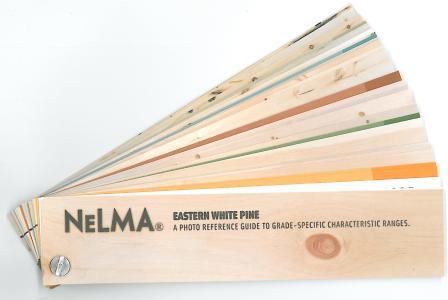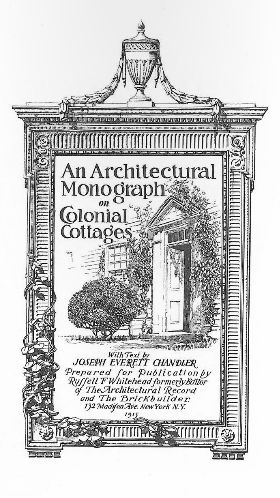
Have you ever seen a cabin that looks quite like this? Diagonal siding is pretty rare as it is, but for a modern getaway in Kvitfjell, Norway, Mork-Ulnes Architects created something that’s even more unusual than it appears at first glance.
The Skigard Hytte Cabin sits at the top of a mountain about 3,100 feet above sea level. Its high altitude and exposure means it gets a lot of snow in the winter, and as far as its owners are concerned, that’s not a bad thing. From November through April, they can put on downhill skis to reach the local market and return home using ski lifts, or use cross country skis to access hundreds of miles of trails leading to country lodges.

The rough facade of the cabin is made of skigard, a quarter-cut log traditionally laid out diagonally by Norwegian farmers as fencing. Not only does it help the cabin blend into its forested environment, it has a transformational quality. In the winter, the gaps in the siding fill with snow to give it a “new and softer expression.”



“The grass top of the cabin also recalls the traditional sod roofs, common on rural log houses in Scandinavia until the late 19th century. Listed by the local planning regulations as one of the few materials allowed for roofs (in addition to slate or wood), the fuzzy top, moving with the wind, helps soften the otherwise rigid rectilinear geometry of the cabin. The cabin has a regular plan – an enfilade sequence of rooms in a row, following a central corridor – called Trønderlån in the Trøndelag region of Norway where Casper’s mother was born.”

“The architects have designed several other buildings on piers or raised foundations, like Moose Road (constructed on steel stilts to avoid severing tree roots) and Trollhus (lifted on concrete legs to protect it from snow), where they learned that it was an effective way of dealing with high snowdrifts and not needing to shovel the house out when the snow accumulates around doors and windows. Here, they decided to raise the cabin not just to have some protection from the elements while maximizing natural light and views, but also because they didn’t want to ruin the terrain with the earthwork required for a conventional foundation.”



Plus, almost every surface inside and out is clad in wood. Inside, “light and smooth solid pine paneling creates an intimate and cozy feel, offering few distractions to take the eyes away from nature outside.” All of the cabinetry and custom furniture is also made of pine, as is the open portal-like verandah in the center of the house.


